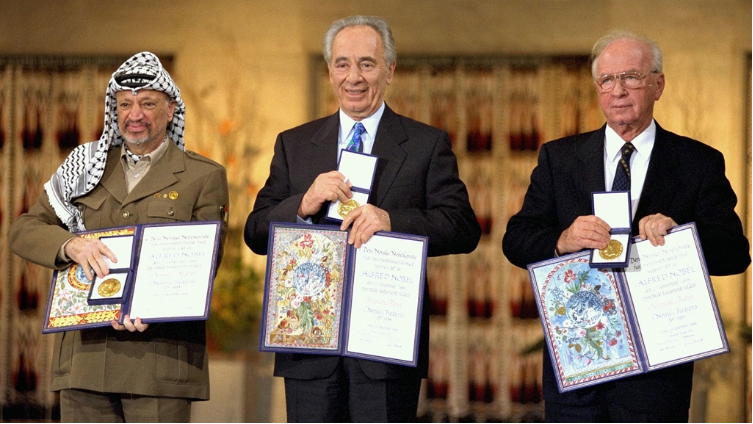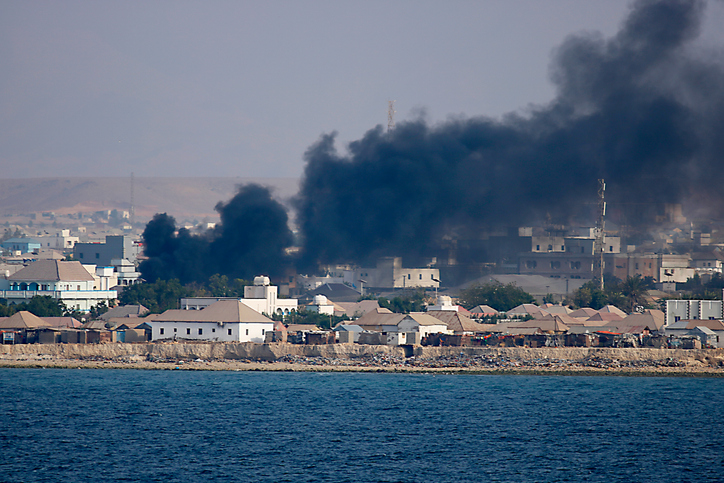
Posted On : Oct 11 2020
The Oslo Accords: A Complex Path to Peace in the Middle East
The Oslo Accords, signed in 1993, represented a historic attempt to bring peace to the decades-long Israel-Palestine conflict.

These agreements were the result of secret negotiations between Israeli and Palestinian delegations, with the mediation of several countries, including Norway. This article delves into the origins, key provisions, challenges, and the legacy of the Oslo Accords, shedding light on their complex and evolving impact on the Middle East.
The Oslo Accords emerged from a unique context of the Israel-Palestine conflict, marked by years of violence, distrust, and failed negotiations. The accords' origins can be traced back to the Madrid Conference in 1991, where the parties agreed to engage in direct negotiations for the first time. However, the actual breakthrough came in secret negotiations held in Oslo, Norway, where the Israeli and Palestinian delegations made significant progress toward a peace agreement.
Declaration of Principles (Oslo I): The Oslo Accords consisted of a series of agreements, with the first and most crucial being the Declaration of Principles on Interim Self-Government Arrangements, commonly referred to as Oslo I. It outlined a five-year transitional period during which Palestinians in the West Bank and Gaza Strip would gain limited self-governance.
Palestinian Authority: Oslo I established the Palestinian Authority (PA), granting it jurisdiction over specific areas in the West Bank and Gaza Strip, including civil administration and security. Yasser Arafat became the head of the newly formed PA.
Framework for Negotiations: The accords set the stage for subsequent negotiations on key issues, including borders, security, refugees, and the status of Jerusalem, with the ultimate goal of reaching a comprehensive peace agreement.
Despite its historic significance, the Oslo Accords faced several challenges and criticisms
Settlements: The accords did not address the issue of Israeli settlements in the West Bank and Gaza Strip, leading to their continued expansion. This issue remains a major point of contention.
Violence and Setbacks: Periods of violence, including the Second Intifada in 2000, derailed the peace process and led to significant casualties on both sides.
Final Status Issues: The Oslo Accords left critical final status issues, such as the status of Jerusalem and the right of return for Palestinian refugees, for future negotiations. These issues remain unresolved and deeply divisive.
Lack of Trust: Distrust between the parties persisted, undermining the effectiveness of the accords and impeding the implementation of their provisions.

The legacy of the Oslo Accords is complex and multifaceted:
Mixed Success: The accords did lead to some tangible outcomes, including the establishment of the Palestinian Authority and limited self-governance in parts of the West Bank and Gaza Strip.
Stalled Peace Process: The peace process has since stalled, with negotiations repeatedly breaking down and giving way to periods of violence and unrest.
Divided Palestinian Territories: The West Bank and Gaza Strip have become politically and geographically divided, with Hamas gaining control of Gaza in 2007, further complicating the path to Palestinian unity and statehood.
International Involvement: The Oslo Accords paved the way for continued international involvement in the peace process, with various countries and organizations seeking to mediate and support a negotiated solution.
The Oslo Accords remain a significant milestone in the Israel-Palestine conflict, embodying both the aspirations for peace and the challenges inherent in the pursuit of a comprehensive resolution. While they achieved some progress in establishing self-governance for Palestinians, they also left numerous unresolved issues that continue to shape the conflict's trajectory. The legacy of the Oslo Accords underscores the complexity and enduring nature of the Middle East peace process, highlighting the need for renewed efforts and international cooperation to reach a just and lasting solution.
No Comments Added




















